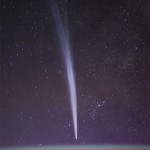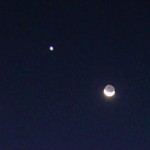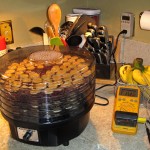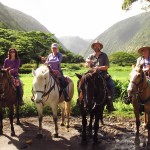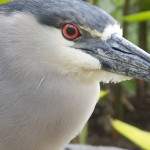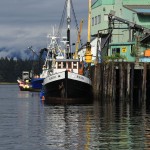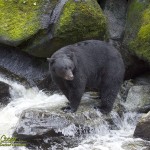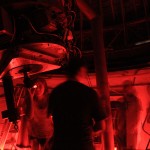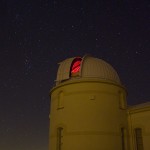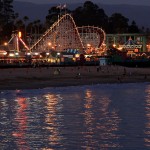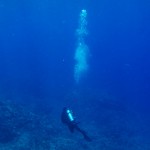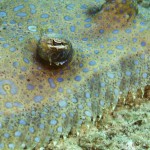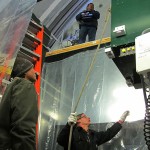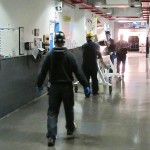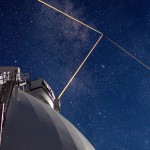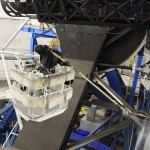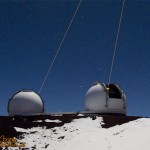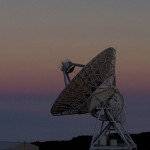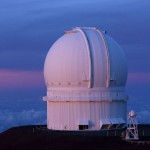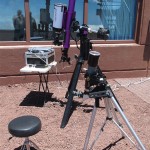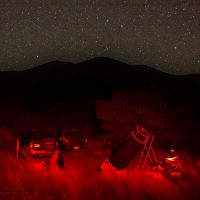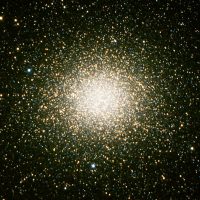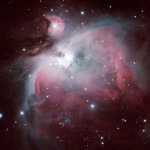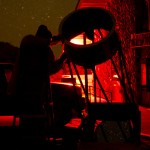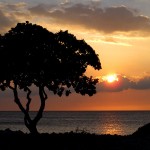W. M. Keck Observatory press release…
This Spring, the W. M. Keck Observatory is throwing a weeklong party called Keck Week 2013, to celebrate the observatory’s first twenty years of high-impact, game-changing astronomical discoveries from the venerable twin-domes on the summit of Mauna Kea, Hawaii. The festivities will take place in several Kohala Coast resort venues as well as in the town of Kamuela and will mark a distinctive confluence of the brightest minds in astronomy alongside our country’s most significant scientific philanthropists. Early registration lasts until December 20th, offering a 30 percent discount off all events.
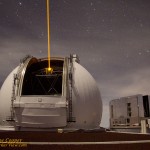
Keck Week 2013 will open March 14th at The Fairmont Orchid, with the Keck Observatory 20th Anniversary Science Meeting – a rare, two-day binge of astronomy discourse and finely honed presentations describing Keck’s legacy discoveries. On March 16th, Keck Week will peak with a Star Struck Fundraising Gala, a grand evening at the Four Seasons Resort Hualalai and feature a live auction of spectacular items, a gourmet dinner, live music and dancing, and remarks by special guests. Other events planned for Keck Week 2013 include:
- “Astronomy Live! Tonight” – Enjoy a hosted reception under the stars with Keck’s most popular astronomers, star gazing, a live feed from the summit and much more;
- “Welcome to Our Universe – Keck Observatory’s Open House” – Explore and discover the science and engineering of the Keck Observatory with exhibits and hands-on activities developed by the professional staff at Keck;
- Keck Tennis Match – Watch Keck astronomers out-parallax their Friends of Keck competitors on the court;
- Contact! – A free showing of the feature film on the big screen; and
- Hawai’i Astronomy – Visit Hawai’i’s other astronomical centers.


